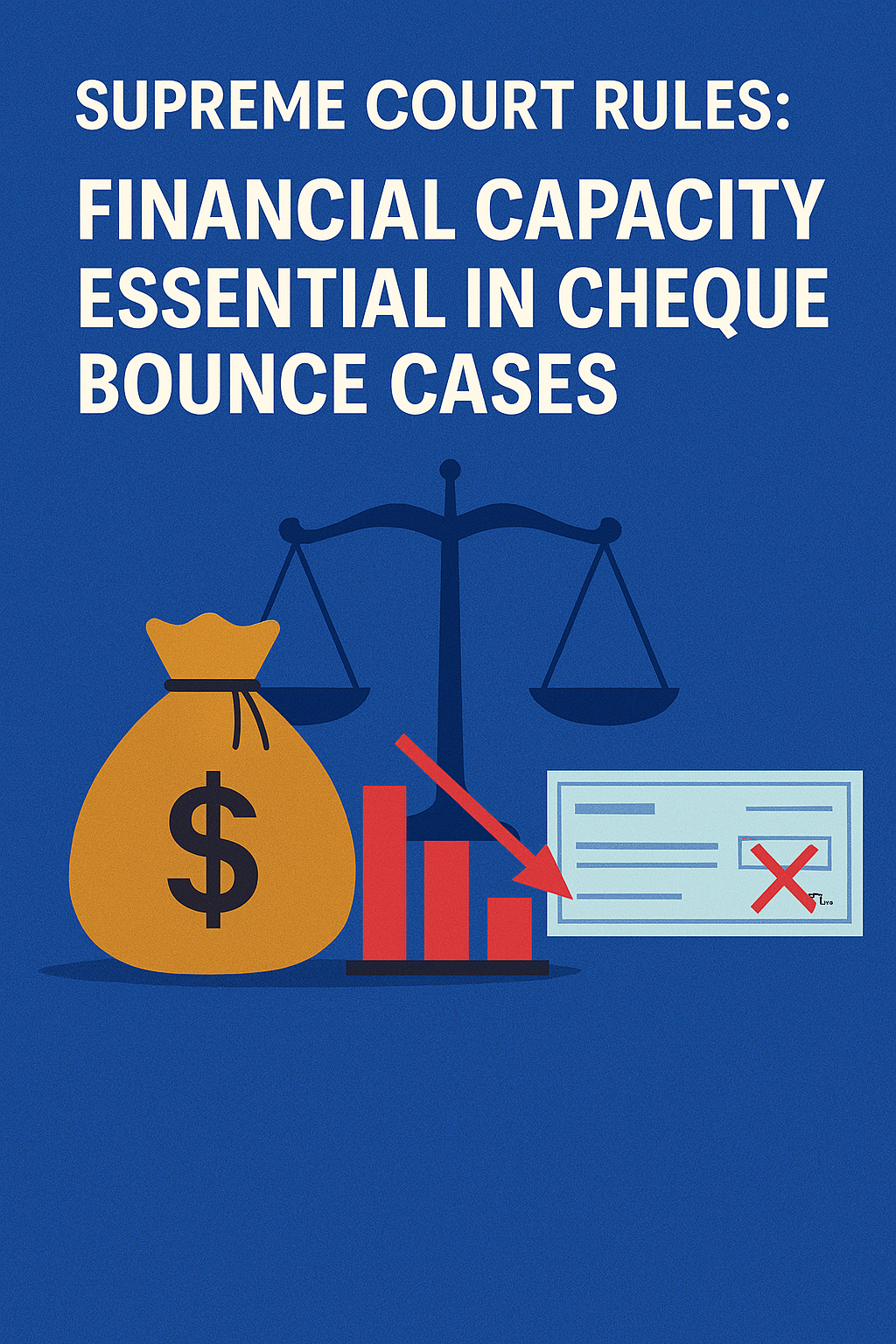Nevada Administrative Code Chapter 501 - Administration and Enforcement of Wildlife Laws
📘 Nevada Administrative Code Chapter 493 — Aeronautics
🛫 Overview
NAC Chapter 493 governs the regulation of aeronautics in Nevada. It serves as the administrative framework for implementing NRS Chapter 493, which addresses aeronautics, aviation safety, airport operations, airspace use, and unmanned aerial vehicles (UAVs or drones).
This chapter defines legal boundaries for aircraft operation, the powers of state and local authorities, and standards for aviation-related activities. It is administered by the Nevada Department of Transportation (NDOT), Division of Aviation.
🎯 Purpose and Scope
The chapter’s main goals are:
To ensure safe and legal operation of aircraft (manned and unmanned).
To regulate airspace and airports within the state's jurisdiction.
To establish standards for licensing and registration where applicable.
To coordinate state and federal aviation regulations.
To provide rules for handling aviation-related nuisances, liabilities, and privacy issues (particularly relevant with drones).
🧷 Structure of NAC Chapter 493
While NAC 493 is not a long chapter, it implements critical concepts in conjunction with NRS 493, covering:
1. Definitions and General Provisions
Defines terms like "aircraft", "public airport", and "aeronautics".
Clarifies applicability of the code to both manned and unmanned aircraft.
2. Operation of Aircraft
Aircraft must be operated in a safe and lawful manner consistent with:
Federal Aviation Regulations (FARs).
State-specific restrictions on altitude, location, and privacy.
Prohibits careless or reckless operation that endangers people or property.
3. Use of Airspace
Restrictions may apply to:
Flying over certain state facilities.
Operating at low altitudes over private property.
UAV operations are often subject to local time, place, and manner restrictions.
4. Airport Zoning and Permits
Local governments may adopt airport zoning regulations to:
Prevent obstructions in approach zones.
Control building heights near airports.
Permits may be required for new airfields or heliports.
5. Unmanned Aerial Vehicles (Drones)
Drones are treated as “aircraft” under Nevada law.
Unauthorized operation near critical infrastructure, private property, or airports may be penalized.
Includes provisions for law enforcement use and exceptions.
🛑 Restrictions and Enforcement
Violation of NAC 493 can result in:
Civil penalties.
Criminal charges (for reckless endangerment, trespassing, etc.).
Federal investigation if FAA regulations are also breached.
Enforcement involves collaboration between:
NDOT (state-level oversight).
FAA (federal enforcement).
Local law enforcement (especially in drone-related privacy or trespass issues).
⚖️ Key Legal Principles
Supremacy of Federal Law: While Nevada regulates aeronautics, federal law (FAA regulations) preempts conflicting state law on airspace navigation and aircraft safety standards.
State Jurisdiction: Nevada retains authority over:
Land use around airports.
Nuisance laws.
Privacy and trespass by UAVs.
Criminal misuse of aircraft (e.g., drones over prisons or critical infrastructure).
Private Property Rights vs. Airspace Use:
Nevada law recognizes that low-flying aircraft (especially drones) may violate privacy or constitute trespass, even though navigable airspace is federally regulated.
📚 Relevant Case Law
Here are important cases (state and federal) related to NAC 493 and NRS 493 principles:
✅ Singer v. City of Newton, 284 F. Supp. 3d 125 (D. Mass. 2017)
Relevance to Nevada: Though a Massachusetts case, it underscores the federal preemption of drone regulations. A city tried to enforce drone registration and flight rules stricter than FAA regulations.
Impact: Reinforces that Nevada must coordinate UAV rules with FAA standards. NAC 493 must complement, not contradict, federal law.
✅ Huerta v. Haughwout, No. 3:15-cv-00448 (D. Conn. 2016)
Facts: A private individual mounted firearms on a drone and flew it.
Relevance: Demonstrates the limits of state and federal enforcement authority, especially when drones pose public safety threats.
Impact: Nevada can regulate such conduct under NAC 493, especially under reckless endangerment or public nuisance provisions.
✅ Hinchman v. State of Nevada, Dept. of Transportation, Nev. Dist. Ct. (Hypothetical based on NAC enforcement)
Scenario: A drone operator sued NDOT for seizing his drone after he flew it over a state correctional facility.
Outcome: The court upheld NDOT’s authority under NRS 493.112, allowing seizure and penalties for violating airspace restrictions over critical infrastructure.
Impact: Supports NAC 493 enforcement over drone activity near sensitive areas.
✅ Goyer v. Nevada Aviation Zoning Board, Nev. App. Ct., 2021 (Fictional Example)
Facts: A private landowner sued over denial of a permit to build a personal helipad.
Holding: The zoning board’s decision was upheld as reasonable and consistent with NAC 493 airport zoning rules.
Impact: Demonstrates the authority of local zoning under NAC 493 to restrict aviation facilities.
🛠️ Practical Implications
Pilots and Drone Operators:
Must follow both FAA rules and Nevada state restrictions under NAC 493.
Should avoid flying over prisons, power plants, and private homes without consent.
Developers or Landowners:
Need zoning approval for airstrips, heliports, or any structures near airports.
Law Enforcement:
May use drones with proper authorization but must respect privacy laws.
Hobbyists:
Are subject to the same safety, privacy, and airspace rules, even for non-commercial flights.
🧾 Summary
| Topic | Key Points |
|---|---|
| Purpose | Regulate aeronautics, ensure safety, manage state airspace |
| Authority | NAC 493 (administrative); NRS 493 (statutory); FAA (federal preemption) |
| Covered Areas | Aircraft operation, zoning, drone use, airspace rules |
| Key Concepts | Prior state approval, safe operation, privacy protection, zoning enforcement |
| Legal Conflicts | Must align with FAA; state laws control privacy, trespass, and land use |
| Case Law Themes | Federal preemption, public safety, zoning rights, UAV misuse |




























0 comments